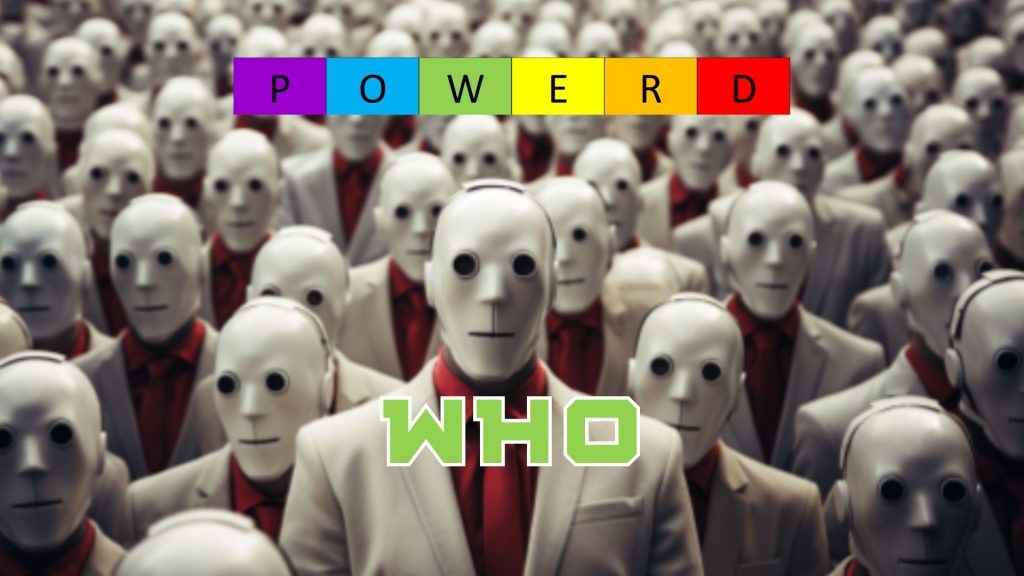
In our ongoing quest to decode the best practices for communicating with large language models, we’ve already discussed the “P” for Persona and “O” for Output. Today, we’re pulling back the curtain on the often-overlooked but immensely impactful “W”—Who, or more simply, the target audience.
The Corner Pieces of the Puzzle
Imagine crafting a prompt is like assembling a jigsaw puzzle. In previous discussions, we’ve already sorted the corner pieces by defining the persona and the output. “Who” is the unique feature that helps us narrow down those corner pieces even further. It’s akin to finding the corner piece with the “blue tip” in a sea of puzzle fragments. Having the audience in mind gives your prompt the specificity it needs, helping the AI to generate a meaningful output.
The Importance of Context and Pattern Recognition
What makes “Who” indispensable in the prompt creation process? Two words: context and pattern recognition. Let’s consider an example of creating ad copy for a new cell phone hitting the market. Without specifying the audience, the AI could generate a generalized ad that’s too broad to resonate with anyone. On the other hand, by defining the audience as “senior citizens” or “teenagers,” the AI can curate call-to-actions, ROIs, images, and use-cases that are tailored to these specific groups. Just like you wouldn’t call an ad agency without specifying a target demographic, why would you do it with AI?
From Randomness to Relevance
Before embracing the power of “Who,” outputs often felt random, like trying to complete a puzzle without knowing what the end picture looks like. Once you’ve established the audience, the AI model gains a laser focus, creating outputs that are more consistent and aligned with your objectives. This is particularly crucial if you’re looking to craft prompts for repeated use.
Crafting Your Audience with AI
How do you identify the right “Who”? Why not ask the AI itself? Pose questions like, “What type of images, call to actions, and ROIs do you associate with senior citizens?” or “What would resonate with college students?” Create a list of potential audiences based on AI suggestions; it will become an ever-evolving, invaluable tool in your AI interaction toolbox. Try turning the question around with AI and give it the type of ROI, CTA, or images you are using and ask it to provide the best AUDIENCE type or WHO for the prompt to get these type of outputs.
Introducing SMART PROMPTS: The POW Equation
You’ve got your Persona, Output, and now Who. Put them together, and you’ve got a POW—a SMART PROMPT that will get you the answers you need. And if you’re in a hurry or in a conversational mood, simply add 1-2 specifics for the output, and POW, you have a prompt that’s ready to go! Intrigued? Stay tuned, as we explore this concept in more depth in our next discussion.
So, the next time you find yourself interacting with a large language model, remember the “Who” in your POWERD method. It may very well be the missing piece in your AI puzzle.
